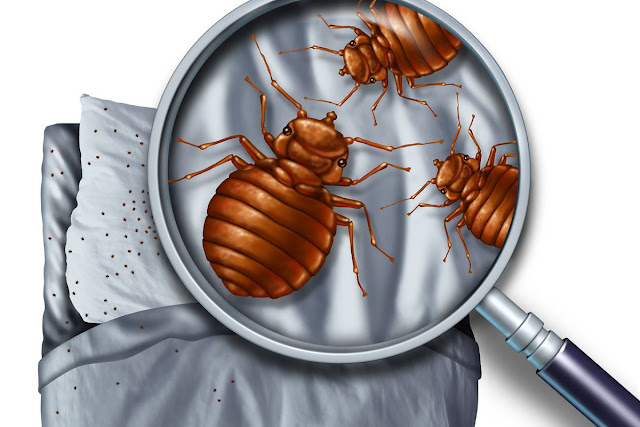Bed Bug Spray – How You Can Make it Work to Your Advantage?
A good bed bug spray should be part of your arsenal of weapons when you’re battling a bed bug infestation. Bed bug spray is an easy-to-use product that can kill on contact and leave residual back-up to keep bed bugs from popping up again and again.
But in order to see the results, you need to remember these 3 things:
1. Different types of spray work in different ways
There are two main types of spray – residual and insect growth inhibitors.
A residual bed bug spray comes in aerosol form – making it the best way to get into those hard-to-reach spots where bed bugs like to hide. Most of these sprays are designed to kill on contact. That means hitting those spots will take care of a good part of these household enemies within the first 24 hours. But that’s not all it does! The residual effect of this type of bed bug spray can also kill off eggs as they hatch.
You can find insect growth inhibitors in aerosol form, too. This type of bed bug spray doesn’t kill bed bugs right away. Instead it interferes with their ability to mature. That means they won’t be able to reproduce and leave you with a constant supply of new bed bugs to deal with.
Most people opt for a residual spray first because it works the fastest. However, as we move on, you’ll see how an insect growth inhibitor spray can help, too.
2. Treat as much of the room as possible
Understanding bed bug habits is really going to be helpful when it comes to using your bed bug spray properly. Bed bugs may like your bed, but they also like most of the dark, warm places in your room. That means they could be hiding just about anywhere!
In order to treat them effectively with spray, you will need to clear away any clutter before you get started. The less clutter you have, the fewer places bed bugs will have to run and hide. And, as an added benefit, that means having fewer places to treat with your spray! Remove all of the clothing and bed linens from your room. Now you’re ready to start spraying.
Start off by spraying around your bed. Bed bug spray should be applied to the box spring, headboard, bed frame, and underside of the bed. Then, use it on your baseboards, electrical outlets, decorative molding, and the area around your windows.
Make sure you get inside all of the tiny cracks and crevices. Check out corners, around windows, door frames and in closets. Spray behind all of your picture frames and wall hangings, too.
All of your bedroom furniture should be treated with bed bug spray, too. Take the drawers out of your dresser to inspect the furniture for tiny holes and open spaces. Use the bed bug spray on inside and under drawers and around end tables. Apply it to the tops and bottoms of chairs, too.
3. It may take a few treatments to see results
You’ll probably need to utilize your bed bug spray treatment a few times to be really effective. In fact, you may even need to use it for a few months! Laying out some bed bug traps will help you monitor your progress – especially if you’re fighting a bad infestation. Between spray treatments, you can check on the traps to see if you’re making a dent in your bed bug problem.
If you continue to see bed bugs popping up, consider combining your spray routine with an insect growth regulator. Remember, the spray will kill the current population of bed bugs right away. The insect growth regulator will affect the growth and maturity of any new ones that may have popped up. As long as you can keep the population from growing, you’re on the right track.
An attack on bed bugs is not always an easy one. But with a good spray and a good plan under your belt, you should be able to hit all of the right spots and knock them out. If you want to kill bed bugs contact a professional Pest Control Sydney Company.





Nice content thanks for sharing .. How You Can Make it Work to Your Advantage?
ReplyDeleteflea & tick spray for cats
flea and tick killer for dogs